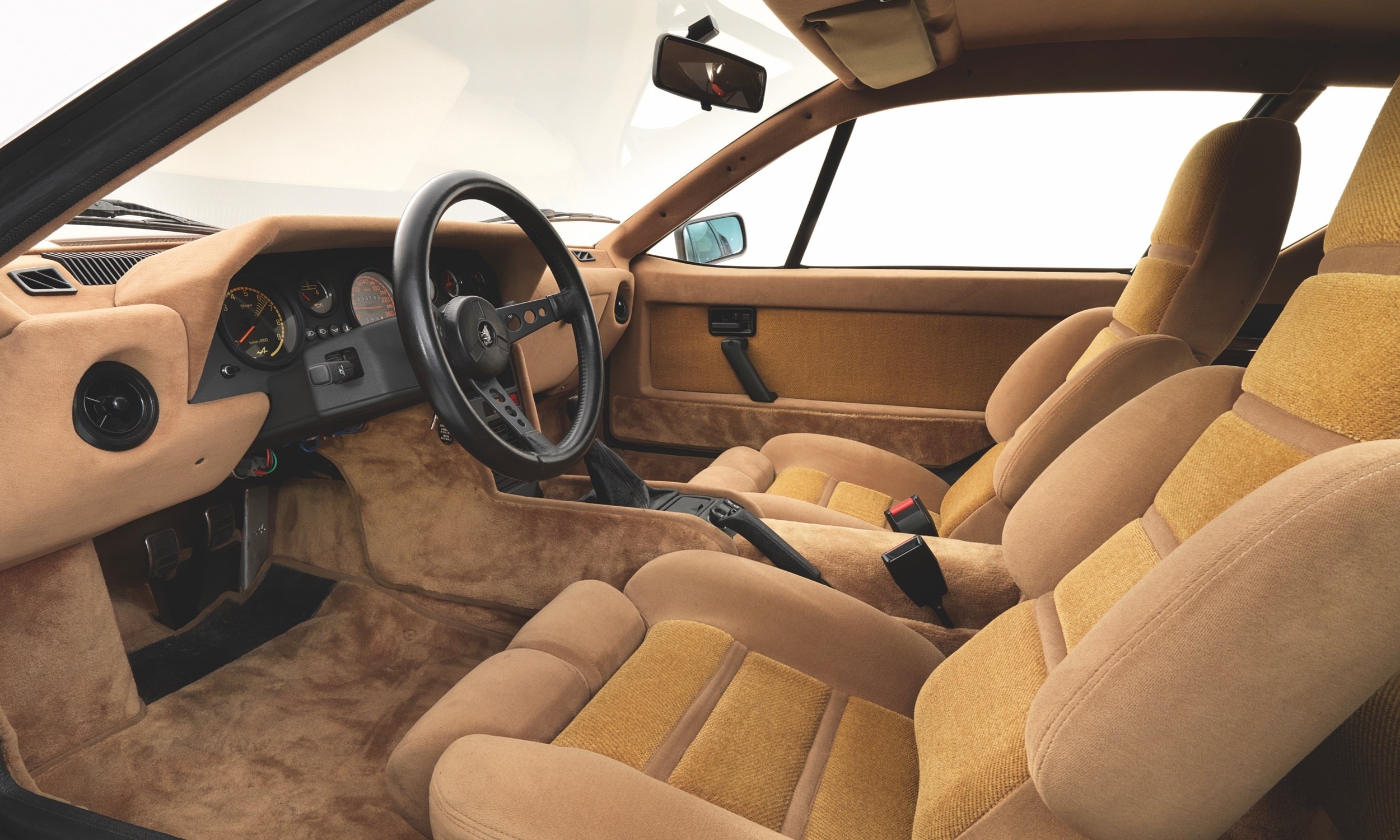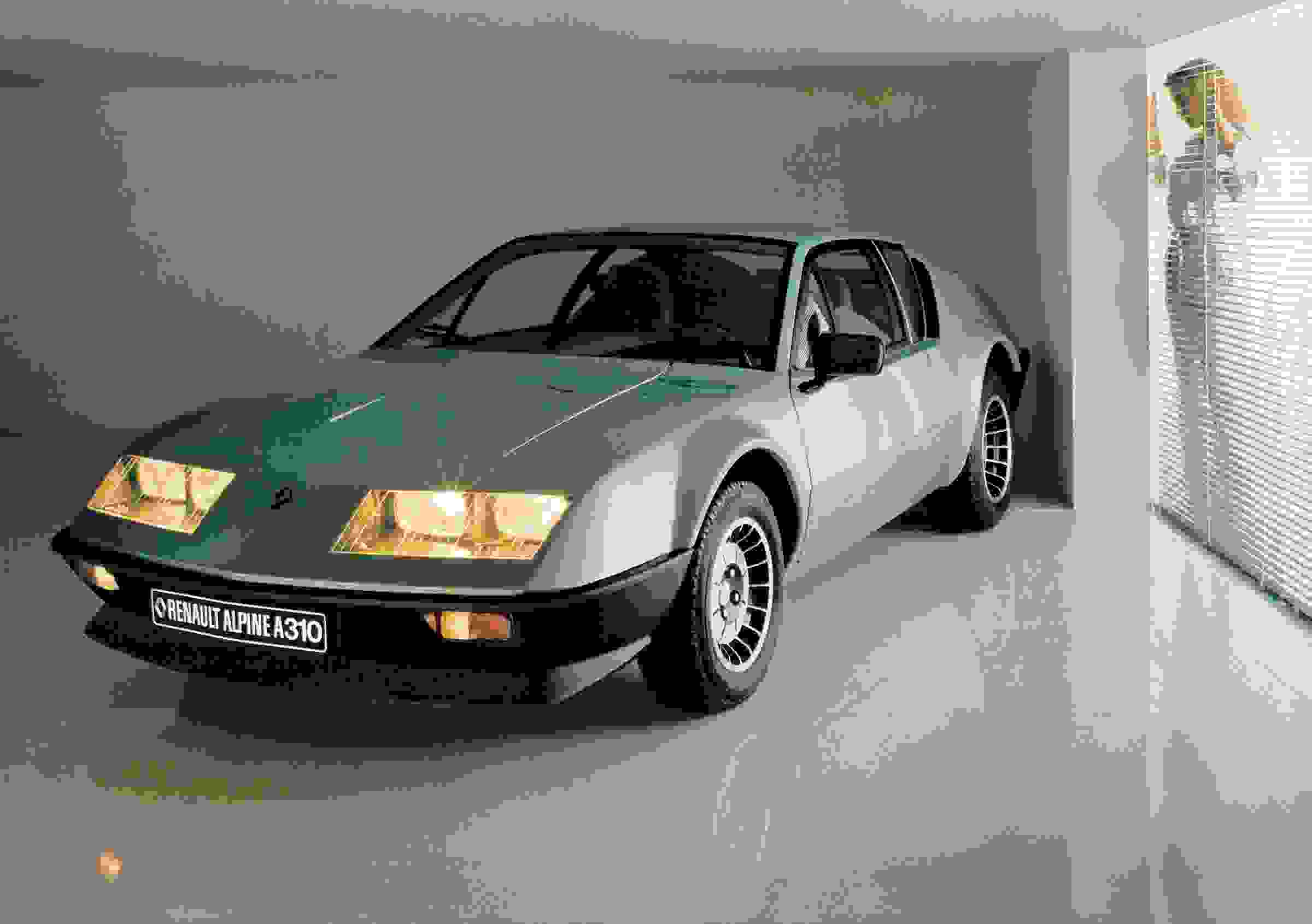
Succeeding a car as legendary as the Alpine A110 was no easy task. Lacking sufficient financial resources, the A310 struggled to establish itself despite its obvious qualities.
At the end of the 1960s, Jean Rédelé, the founder of Alpine, was considering the future of his company. Although the A110 sold well and its sporting career was brilliant, it was nevertheless too radical for many lovers of cars with character.
Using the Porsche 911 as an example, he decided to start work on a new, more 'grand touring' model. With a 2+2 seat configuration, it was to be much more motorable and comfortable. The A310 prototype was finally presented to the public at the 1971 Geneva Motor Show. Finished by Marcello Gandini, the car was dynamic, with taut lines and louvres covering the rear window. Its wide under-window lights are undoubtedly its most striking stylistic signature.
To power the newcomer, Alpine once again drew on Renault's engine pool. It has chosen the engine from the R16 TS, a 4-cylinder 1.6 developing 125 bhp.
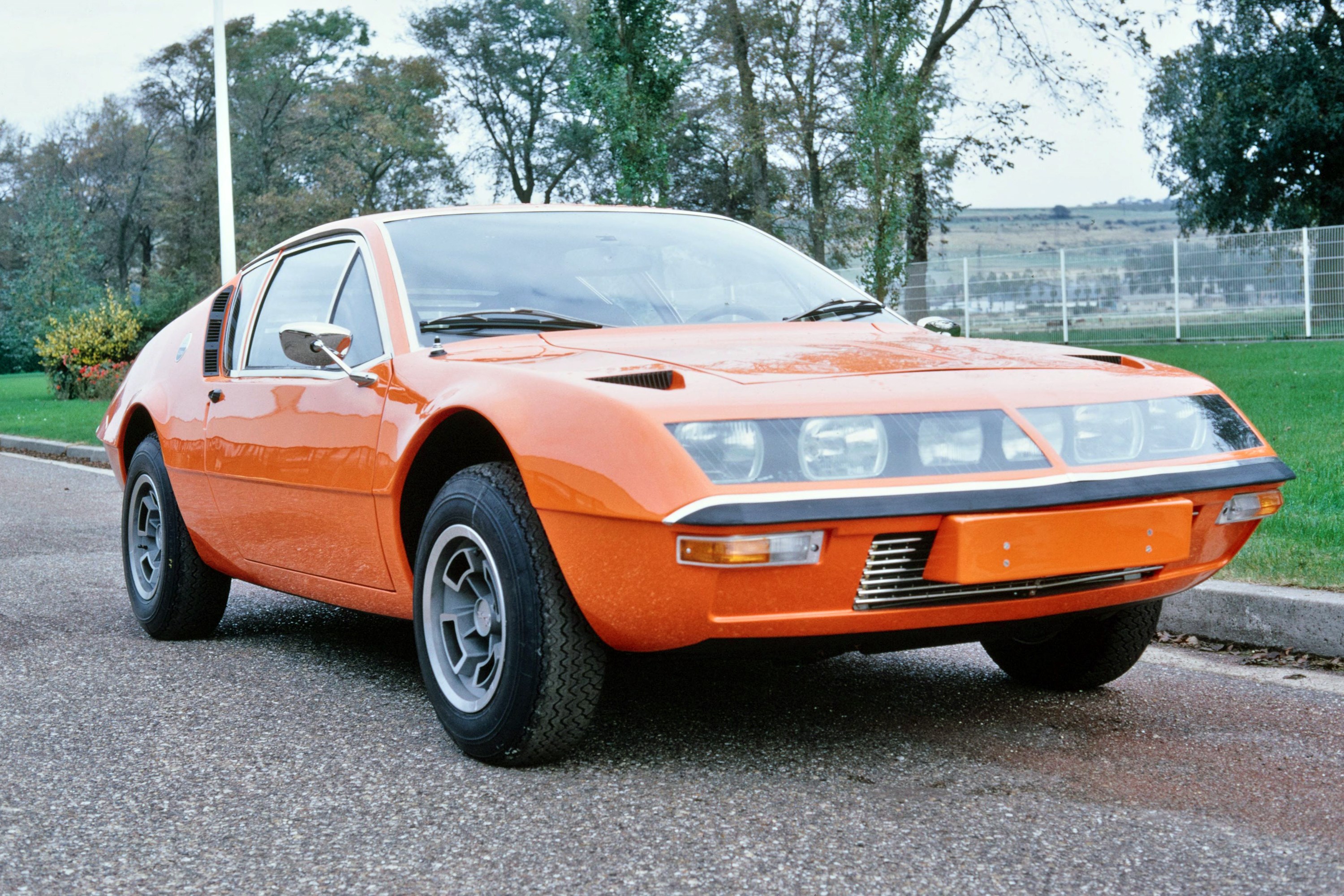
Launched too quickly
Unfortunately, times were difficult for Alpine, which was in financial difficulties. The A310 was marketed far too early and the first customers found major problems with reliability and general fit and finish.
In 1973, Renault became the majority shareholder in the company and the fuel-injected engine of the 17 appeared under the bonnet of the A310. An economical carburettor version also appeared in the catalogue. It wasn't until three years later that the real evolution came with the adoption of the V6 PRV (Peugeot-Renault-Volvo) engine, which really changed the game.
More noble than the 4-cylinder, it gave the A310 the panache it had sorely lacked until then. With a displacement of 2.7 litres, it developed 150 bhp, enough power to take the car to 220 km/h. The extra 150 kg it gained over the rear wheels gave it a similar tail-happy handling feel as a contemporary Porsche 911. It received the same rear suspension as the Renault Turbo 5 in 1980, which further sharpened up the way the A310 drove. Its interior, until now unworthy of a sports car, had also finally been redesigned.
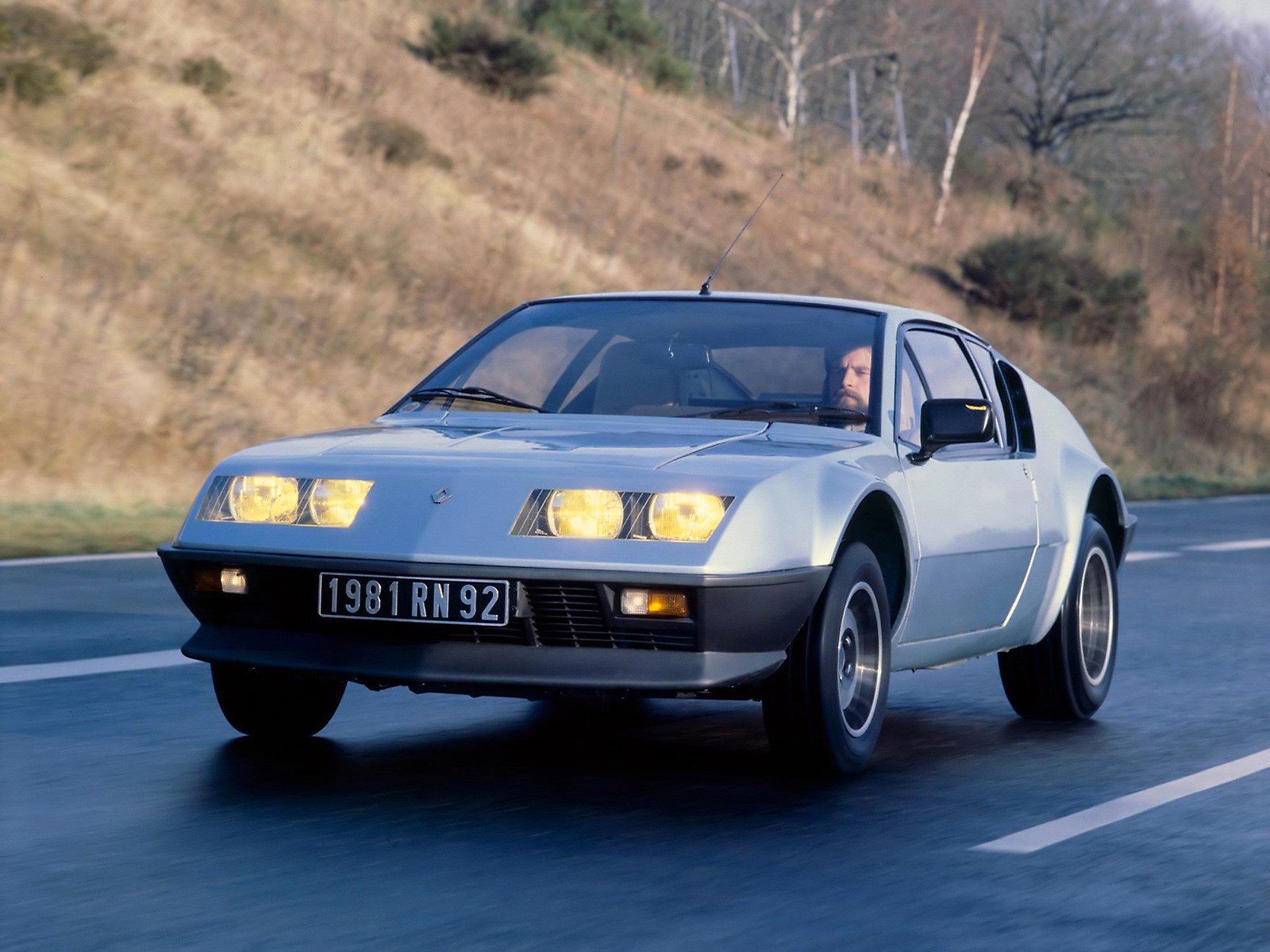
Corrected too late
This second phase of the A310 was distinguished by its wider wheels, redesigned fascias and the Renault-Alpine badge, which replaced Alpine-Renault. A Pack GT version was also launched, with wide wings and a rear spoiler.
In addition, customers could opt for a 'Boulogne' pack, which boosted power to 193bhp. In 1985, the GTA V6 replaced the A310: 9,276 examples were produced, ¾ of them equipped with the V6.
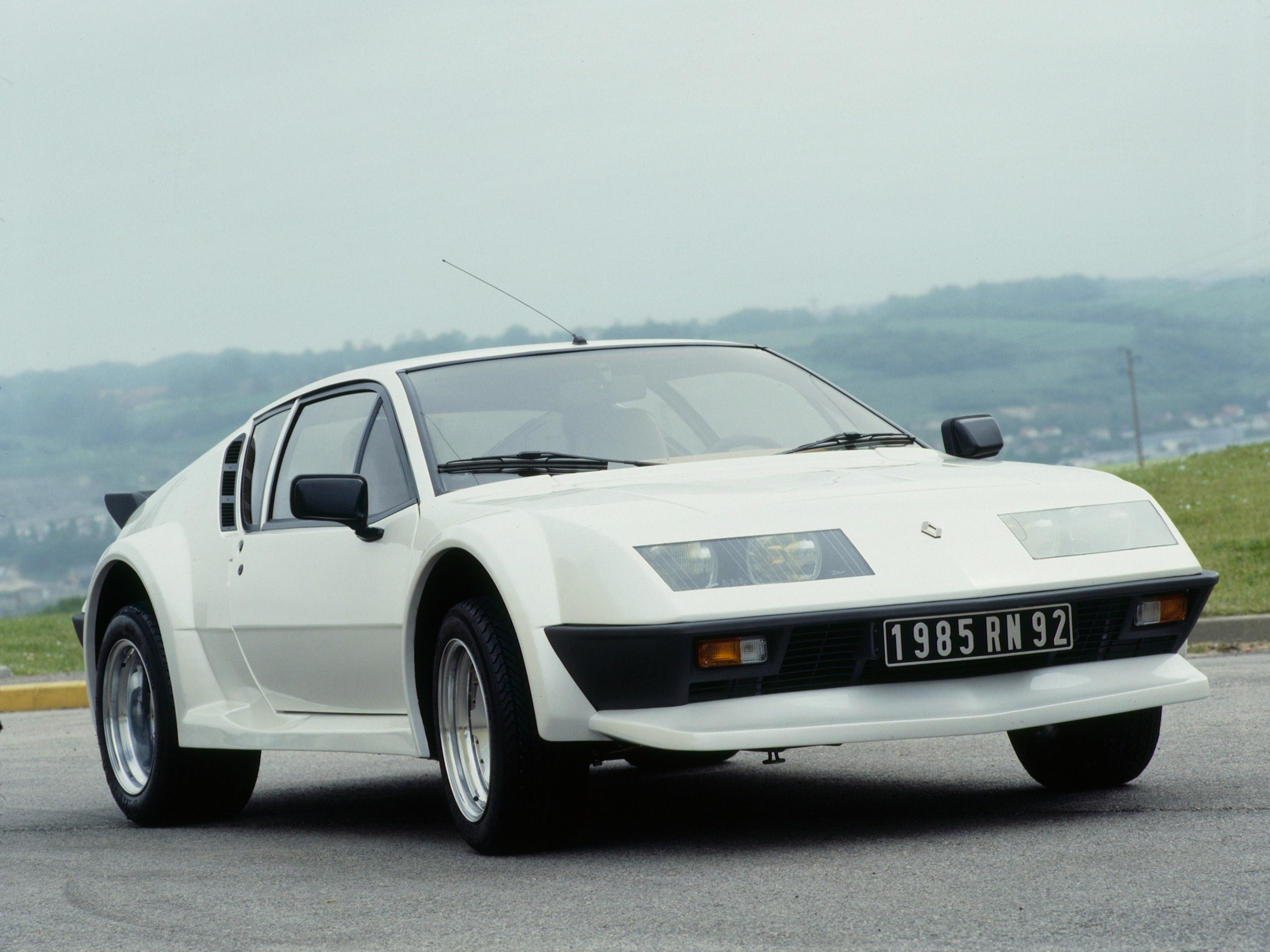
Rising values
Adored by a large community of fans, Alpine cars are all highly sought-after, and the A310 saw its value soar a few years ago. Unsurprisingly, the V6s with Renault running gear are the most sought-after and can be expected to fetch around €25,000 to €30,000 in good condition.
Most parts are remanufactured, and there are many specialists in France. Alpine cars are very much handcrafted, but they often need to be made reliable if they are to run smoothly. Once overshadowed by the impressive A110, the A310 has found its own niche of enthusiasts across Europe.
